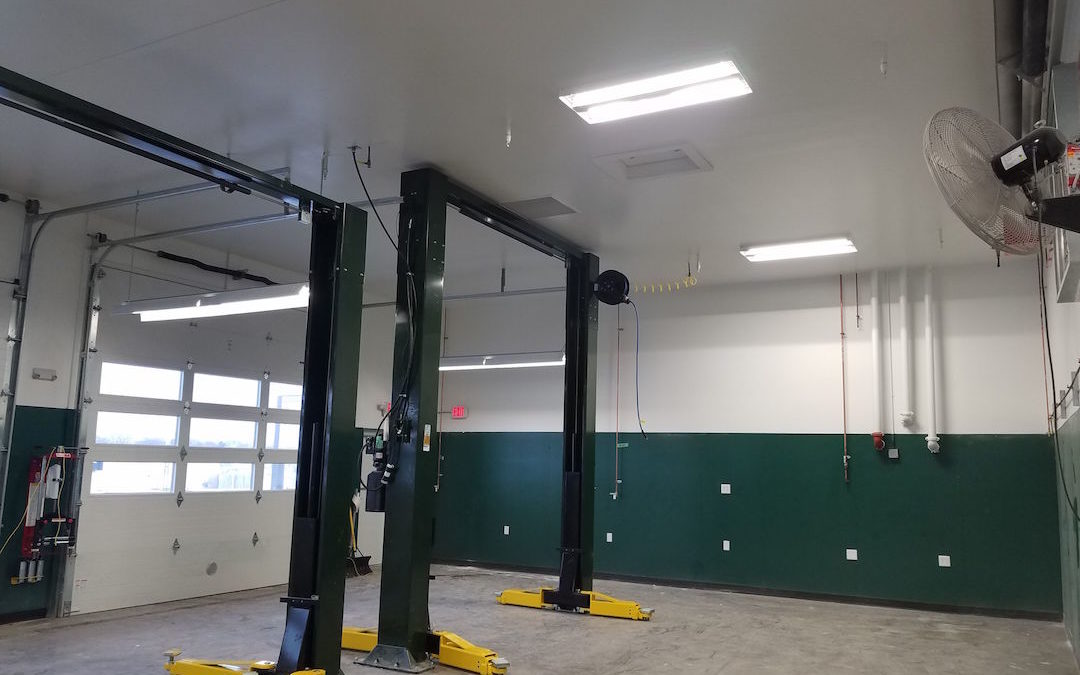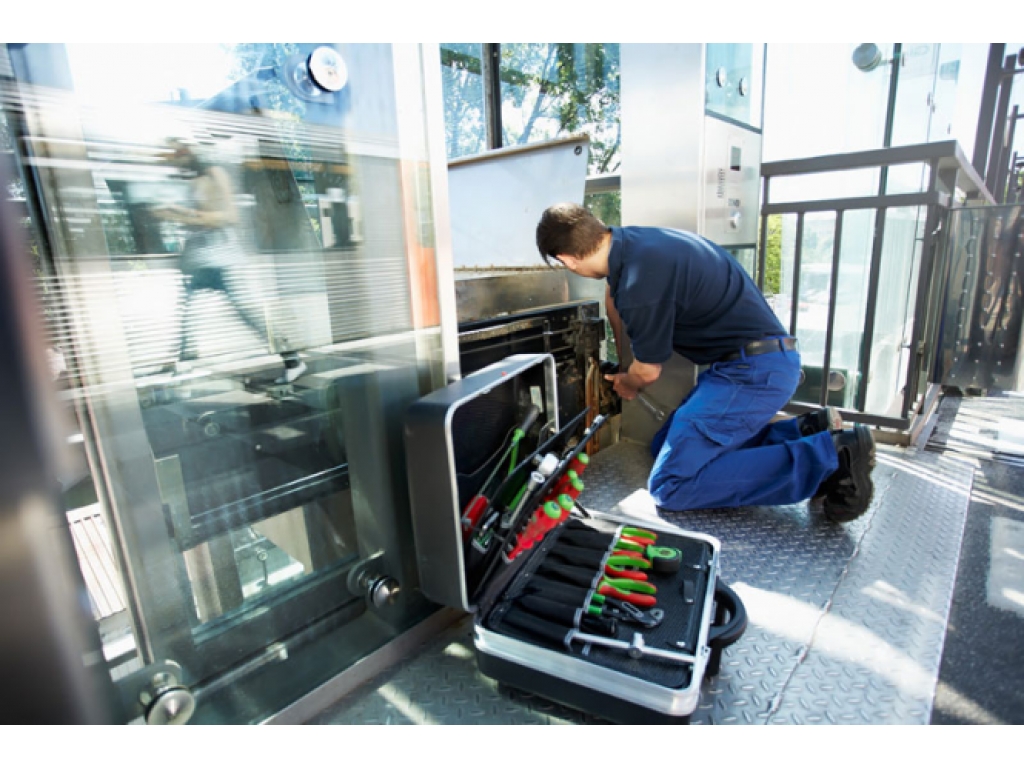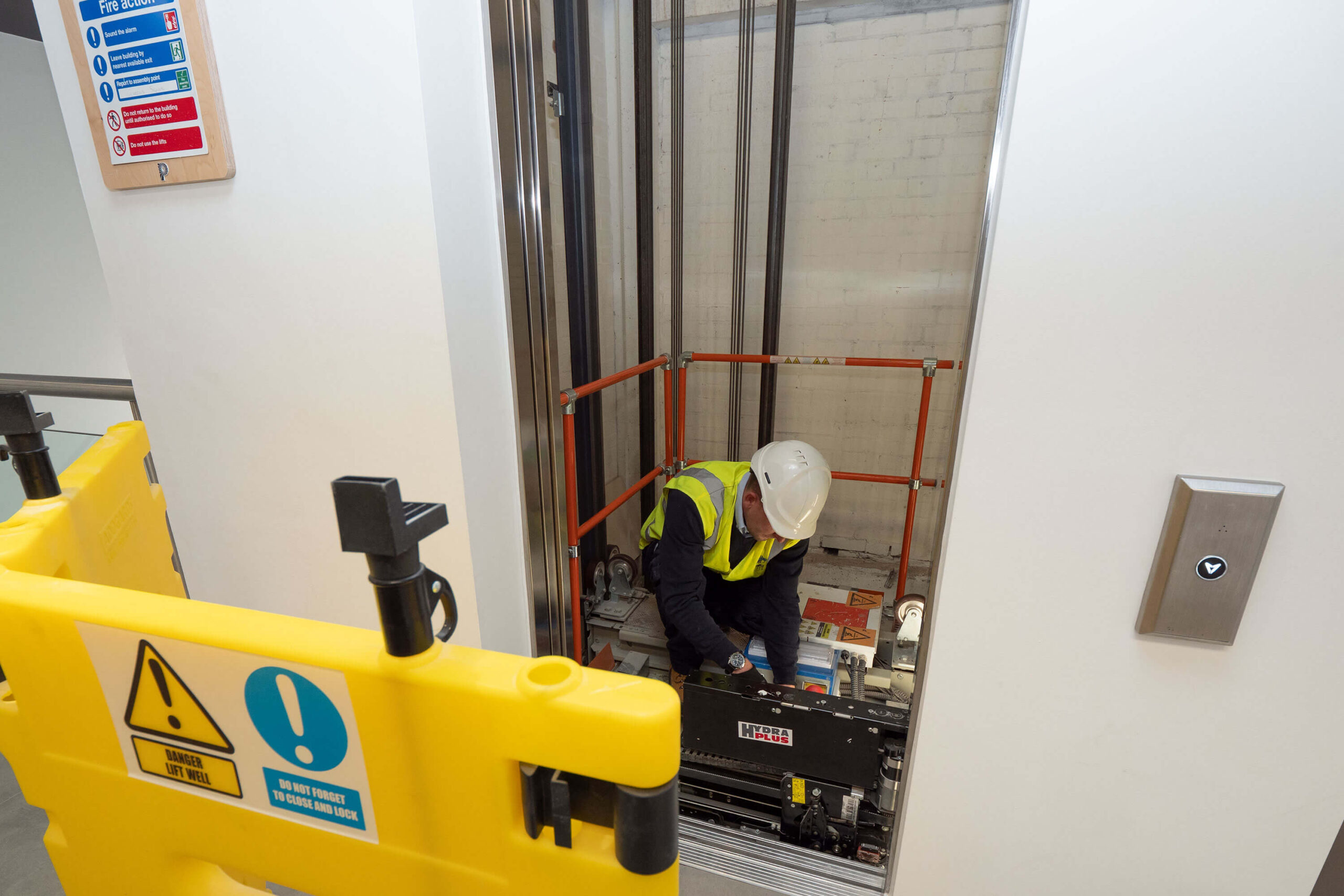Advanced Lift Engineer Course: Get Ready For Jobs with Leading Lift Repair Companies Near Me
Advanced Lift Engineer Course: Get Ready For Jobs with Leading Lift Repair Companies Near Me
Blog Article
Vital Factors to Think About for Elevator Upkeep
When it concerns the secure and effective operation of lifts, considering vital upkeep elements is critical. Lifts are complex systems that call for thorough focus to information to function reliably. From regular inspection routines to sticking to appropriate lubrication methods, each element plays a crucial role in guaranteeing the elevator's durability and security. Nonetheless, forgeting these upkeep techniques can lead to unexpected downtime, security risks, and costly repair services. It is imperative for developing supervisors and upkeep workers to stay in advance of these aspects to promote the elevator's efficiency requirements and conformity demands.
Regular Examination Schedules

Carrying out routine assessments not only enhances the total efficiency of the elevator but additionally plays an essential role in following safety and security laws and market criteria. It guarantees that the elevator runs smoothly, reducing the risk of unanticipated malfunctions that can trouble passengers or compromise safety. Additionally, regular assessments add to prolonging the lifespan of the lift devices, eventually decreasing maintenance costs and downtime.
To streamline the evaluation procedure, several structure proprietors companion with certified lift upkeep business that specialize in conducting comprehensive assessments and offering timely maintenance solutions. By prioritizing routine inspection routines, stakeholders can promote the safety, integrity, and effectiveness of their elevator systems.
Correct Lubrication Strategies
Effective lubrication methods are important for preserving the optimum performance and longevity of elevator elements. Correct lubrication strategies play an important role in stopping damage on moving parts, minimizing rubbing, and ensuring smooth operation of the elevator system. When it pertains to lift upkeep, using the best lubes in the proper quantities at the recommended intervals is essential to protecting against costly repair work and lessening downtime.
To make certain proper lubrication, elevator technicians should adhere to producer standards regarding the type of lube to be utilized for details elements such as bearings, gears, and overview rails - lift maintenance london. Over-lubrication can attract dust and debris, leading to component malfunctions, while under-lubrication can cause enhanced friction and premature wear. On a regular basis set up lubrication upkeep should be included in the total lift upkeep strategy to maintain the system running effectively and securely
Checking Put On and Tear
Appropriate lubrication methods are indispensable in facilitating the very early detection and monitoring of deterioration on elevator elements. Regular lubrication aids lower friction in between moving parts, preventing excessive wear and possible failures. Checking wear and tear goes past simply lubrication. Lift maintenance personnel need to perform routine evaluations to recognize indications of wear on vital elements such as ropes, sheaves, overview rails, and bearings. These evaluations may include visual checks, determining wear limits, and making use of diagnostic tools to analyze the condition of vital parts. Furthermore, keeping in-depth maintenance documents can help in tracking the wear patterns of lift elements over time, permitting for anticipating upkeep planning. By carefully keeping an eye on wear and tear, maintenance groups can deal with concerns proactively before they intensify right into costly fixings or unexpected downtime, making certain the risk-free and reliable procedure of the elevator system.

Security Conformity Checks
Conducting thorough safety and security conformity checks is vital in guaranteeing the elevator system meets all functional needs and regulatory criteria. Security conformity checks include an extensive exam of various parts such as emergency brakes, door sensors, interlocks, and electric systems to ensure they are functioning appropriately. Routine assessments by qualified experts help recognize prospective Extra resources security dangers prior to they rise into major problems, making sure the safety and security of guests and conformity with market guidelines. These checks additionally include confirming that the lift's capability limitations, speed, and emergency communication systems are in line with safety standards. Additionally, adherence to safety and security conformity checks can protect against crashes, minimize obligation dangers for building owners, and expand the life-span of the lift system. By focusing on security compliance checks as part of routine maintenance, building supervisors can promote a safe and effective vertical transportation system for passengers.
Emergency Situation Action Planning
Taking into account the essential relevance of security compliance sign in preserving lift systems, a durable emergency action planning approach is critical to swiftly and successfully address unexpected events. lift maintenance services. Emergency situation response planning for lifts involves positive actions to guarantee the safety and security of passengers and upkeep employees in the event of emergency situations such as power interruptions, entrapments, or mechanical failures
Secret components of an efficient emergency action plan consist of establishing clear interaction protocols, offering this content normal training to staff on emergency treatments, preserving up-to-date emergency call listings, and carrying out routine drills to exercise feedback activities. Additionally, it is essential to have designated employees accountable for coordinating emergency responses and guaranteeing that needed devices, such as emergency situation illumination and interaction gadgets, are in working order.
Conclusion
In final thought, it is important to prioritize routine evaluation routines, proper lubrication techniques, checking damage, security compliance checks, and emergency reaction planning for lift upkeep. By carrying out these crucial variables, structure owners can guarantee the safety and efficiency of their elevators, ultimately reducing the risk of breakdowns and crashes. Regular maintenance practices are important for prolonging the life-span of lifts and making sure the well-being of people who depend on them for transportation.
Frequently arranged lubrication maintenance need to be included in the total lift maintenance plan to keep the system running efficiently and safely.
Elevator upkeep personnel need to carry out routine evaluations to recognize indicators of wear on key elements such as ropes, sheaves, guide rails, and bearings. In addition, keeping thorough maintenance documents can aid in tracking the wear patterns of lift parts over time, allowing for anticipating maintenance preparation. By closely monitoring wear and tear, upkeep teams can attend to issues proactively prior to they rise into pricey repair services or unexpected downtime, making certain the reliable and risk-free Extra resources procedure of the elevator system.

Report this page